10 Best Herbal Tinctures For Glowing Skin
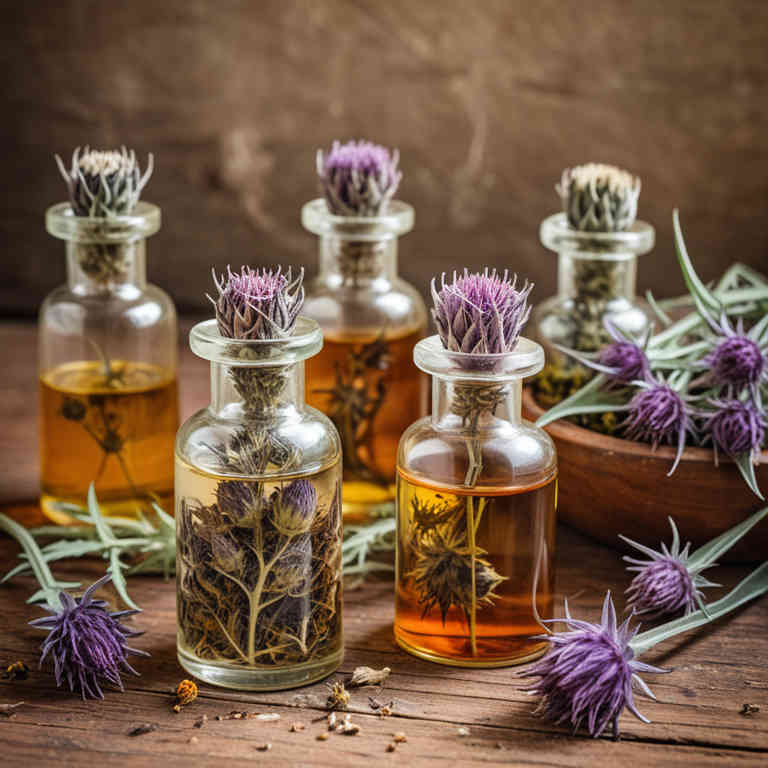
Herbal tinctures are concentrated liquid extracts made from various herbs, flowers, and roots, known for their potent healing properties.
These tinctures are often used in skincare routines to promote a healthy, glowing complexion by nourishing the skin and balancing its natural oils. Ingredients like calendula, chamomile, and green tea are commonly used in herbal tinctures due to their anti-inflammatory and antioxidant benefits. When applied topically, these tinctures can help reduce redness, improve skin texture, and enhance overall skin radiance.
For best results, it is recommended to use high-quality, organic tinctures and follow a consistent skincare regimen.
FREE COURSE
How to make medicinal herbal tinctures for common ailments at home and in a weekend (using the Healing Drops System).

Table of Contents
1. Aloe barbadensis
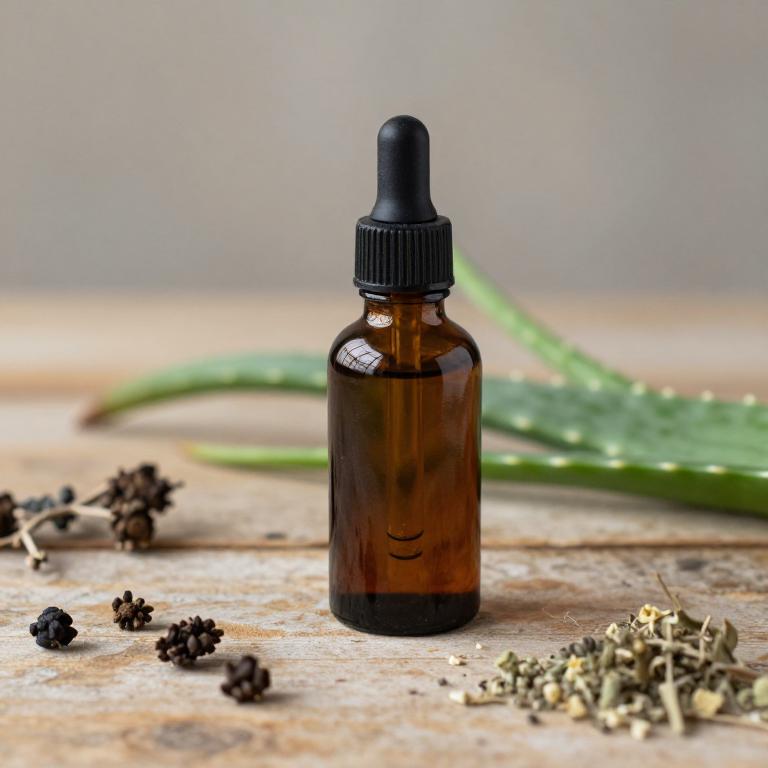
Aloe barbadensis, commonly known as aloe vera, has been widely used for its healing and rejuvenating properties, making it a popular ingredient in herbal tinctures for glowing skin.
These tinctures are typically made by extracting the gel from the aloe plant and combining it with alcohol, which helps preserve the active compounds and enhance absorption. The soothing and anti-inflammatory properties of aloe barbadensis can help reduce redness, irritation, and acne, while also promoting skin hydration and cell regeneration. Regular use of aloe-based tinctures can improve skin texture, enhance radiance, and leave the skin feeling soft and supple.
Due to its natural and gentle formulation, aloe barbadensis tinctures are suitable for various skin types, including sensitive skin, making them a versatile addition to any skincare routine.
2. Centella asiatica
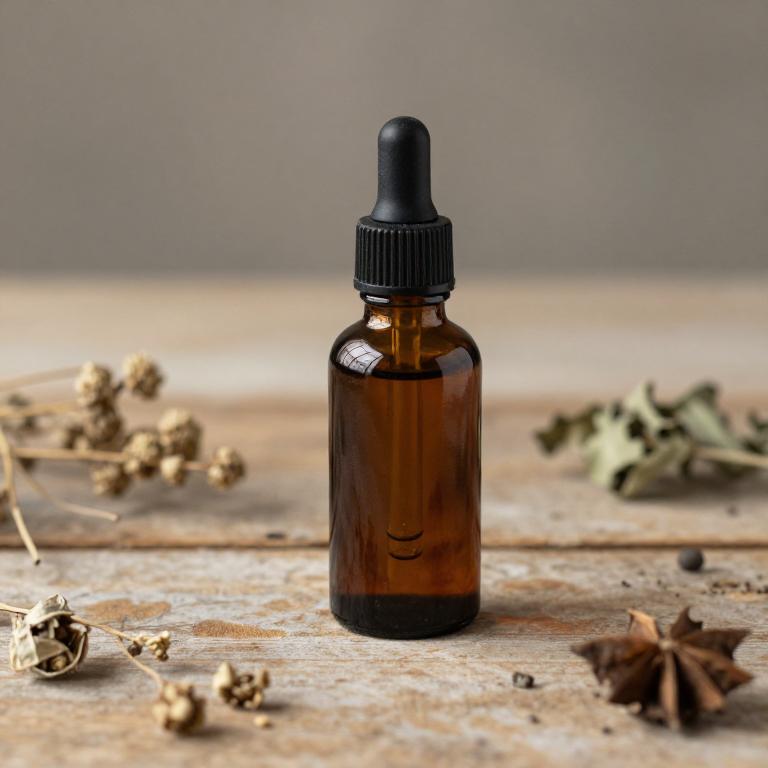
Centella asiatica, also known as gotu kola, is a powerful herb widely used in traditional medicine for its skin-rejuvenating properties.
Centella asiatica herbal tinctures are extracted using alcohol to preserve the active compounds like asiatic acid and madecassol, which are known for their anti-inflammatory and wound-healing effects. These tinctures are popular in skincare routines for promoting collagen production, enhancing skin elasticity, and reducing the appearance of scars and blemishes. Regular use of centella asiatica tinctures can lead to a more radiant, even-toned complexion by improving skin texture and hydration.
Due to its gentle yet effective nature, this herbal tincture is suitable for various skin types, including sensitive skin, making it a versatile choice for achieving glowing skin.
3. Vitex agnus-castus
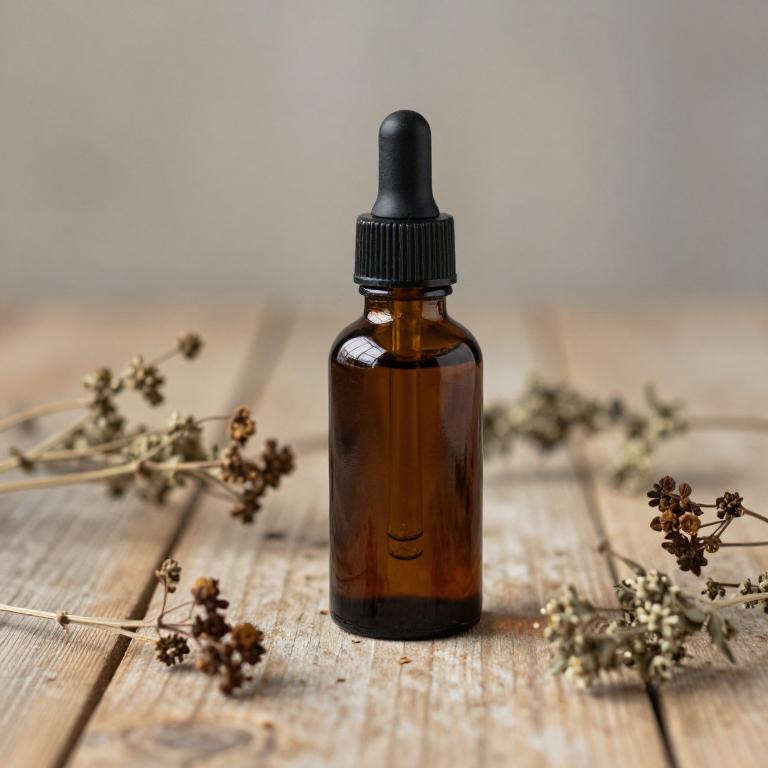
Vitex agnus-castus, commonly known as chaste tree berry, has been traditionally used in herbal medicine to support hormonal balance, which can significantly impact skin health.
When used in tincture form, Vitex agnus-castus is often taken internally to regulate estrogen levels, potentially leading to improved skin texture and a more radiant appearance. The herb is believed to stimulate the pituitary gland, which can enhance the production of key hormones that influence skin clarity and vitality. Many users report that consistent use of Vitex tinctures helps reduce acne breakouts and promote a natural glow by balancing sebum production and reducing inflammation.
As a holistic skincare aid, Vitex agnus-castus tinctures are often recommended as part of a broader regimen that includes proper nutrition, hydration, and sun protection for optimal skin health.
4. Silybum marianum
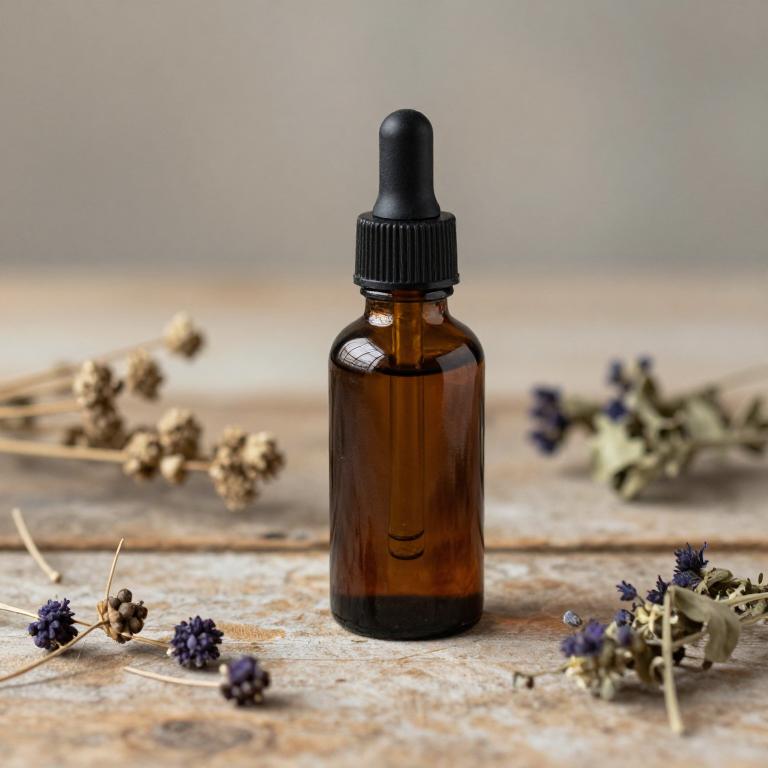
Silybum marianum, also known as milk thistle, is a powerful herbal remedy that has been used for centuries to support liver health, which in turn can significantly impact skin vitality.
Its active compound, silymarin, is known for its antioxidant and anti-inflammatory properties, which help protect skin cells from damage caused by free radicals and environmental stressors. When used in the form of a tincture, Silybum marianum can be easily absorbed by the body, promoting detoxification and enhancing the skin's natural glow from within. Regular use of this herbal tincture may lead to improved skin texture, reduced blemishes, and a more radiant complexion.
As a natural alternative to conventional skincare products, Silybum marianum tinctures offer a holistic approach to achieving healthy, luminous skin.
5. Rosa canina
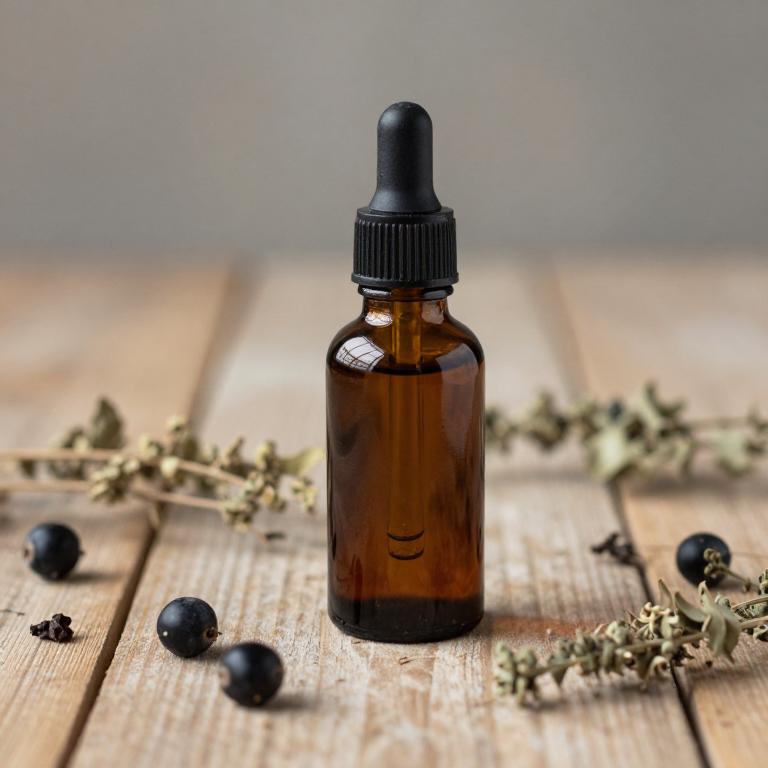
Rosa canina, also known as rosehip, is a powerful herbal remedy that has been used for centuries to promote healthy, glowing skin.
Its tinctures are rich in essential fatty acids, vitamins A and C, and antioxidants, which help to nourish and rejuvenate the skin from within. These tinctures support skin regeneration, reduce the appearance of fine lines and wrinkles, and enhance skin elasticity, leading to a more radiant complexion. When used regularly, Rosa canina tinctures can help address dryness, inflammation, and uneven skin tone.
Incorporating this herbal tincture into a skincare routine can offer a natural and effective way to achieve a healthier, more luminous skin appearance.
6. Camellia sinensis
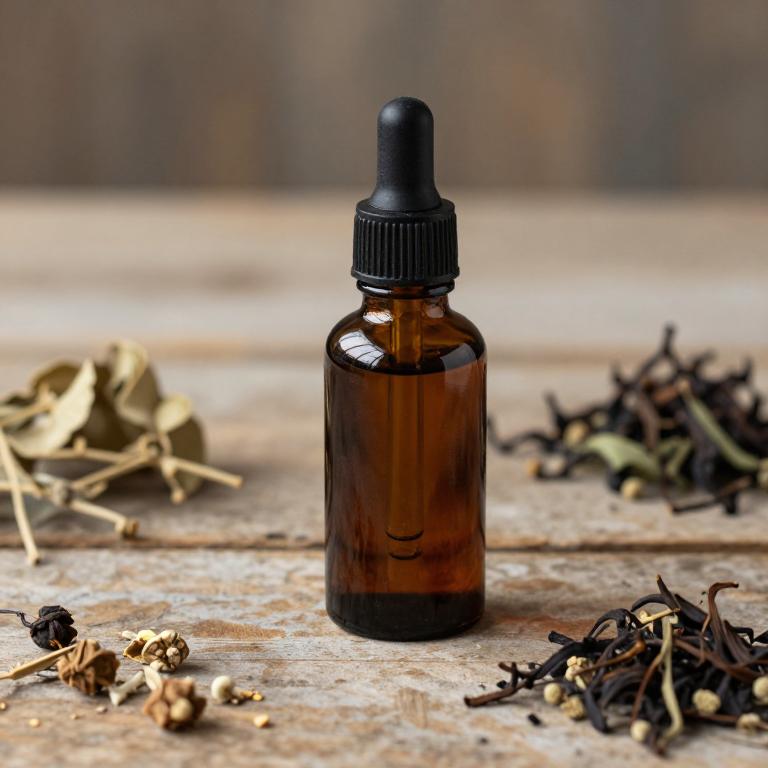
Camellia sinensis, the plant from which green tea is derived, is widely used in herbal tinctures for its rich content of antioxidants, vitamins, and polyphenols that promote healthy skin.
These tinctures are known to enhance skin radiance by reducing inflammation and oxidative stress, which can lead to dullness and premature aging. Regular use of Camellia sinensis tinctures may help improve skin texture, reduce acne, and support a more even skin tone. The natural compounds in these tinctures also help in regulating sebum production, making them beneficial for both oily and sensitive skin types.
As a gentle and effective alternative to chemical-based skincare products, Camellia sinensis tinctures are a popular choice for those seeking a natural path to glowing, healthy skin.
7. Zingiber officinale
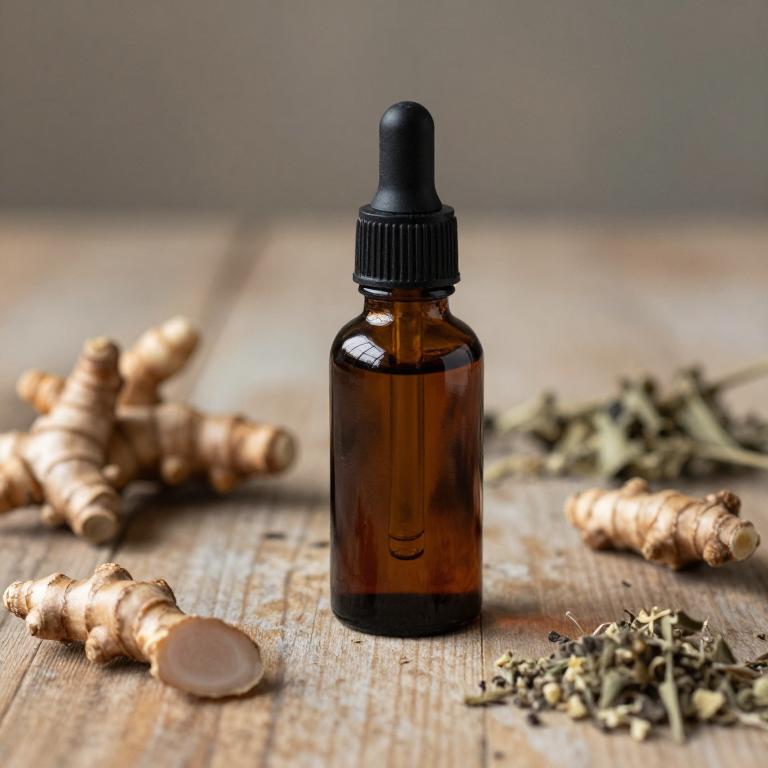
Zingiber officinale, commonly known as ginger, is widely used in herbal tinctures for its potent skin benefits.
These tinctures are derived from the rhizome of the plant and contain bioactive compounds like gingerol and shogaol, which have anti-inflammatory and antioxidant properties. When applied topically, ginger tinctures can help reduce redness, improve circulation, and promote a more even skin tone. They are particularly effective in addressing acne, dark spots, and dullness, contributing to a radiant and glowing complexion.
Regular use of ginger-based tinctures can enhance skin health and provide a natural, holistic approach to achieving a luminous appearance.
8. Hypericum perforatum
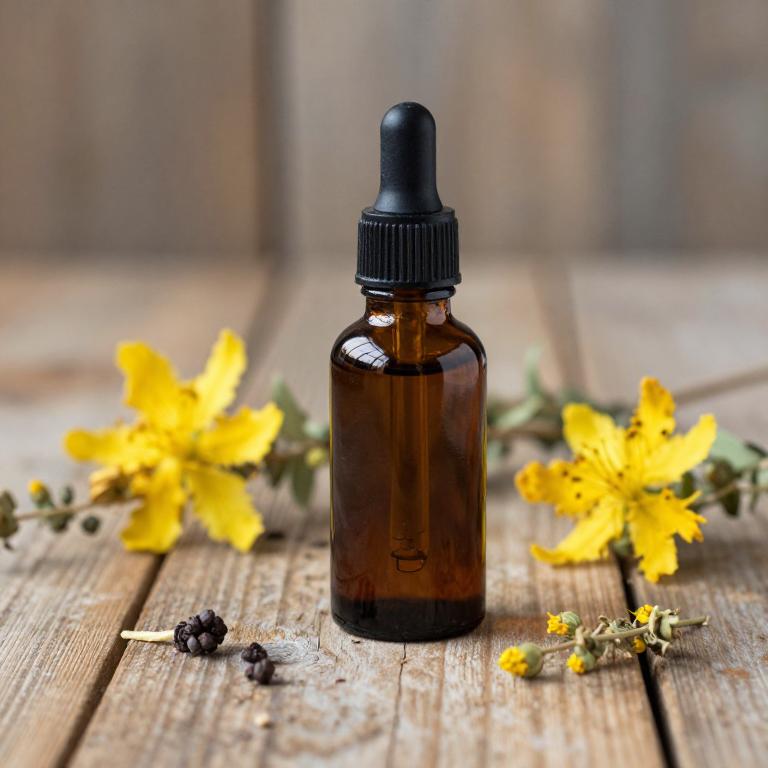
Hypericum perforatum, commonly known as St. John's Wort, is a herbal plant that has been traditionally used for its potential skin-enhancing properties.
When prepared as a tincture, it can be applied topically to promote a healthier, more radiant complexion. The active compounds in hypericum perforatum, such as hypericin and flavonoids, may help reduce inflammation and protect the skin from oxidative stress. Its mild antiseptic and healing properties make it beneficial for treating minor skin irritations and promoting skin renewal.
Regular use of hypericum perforatum tinctures may contribute to a more even skin tone and a natural, glowing appearance.
9. Urtica dioica
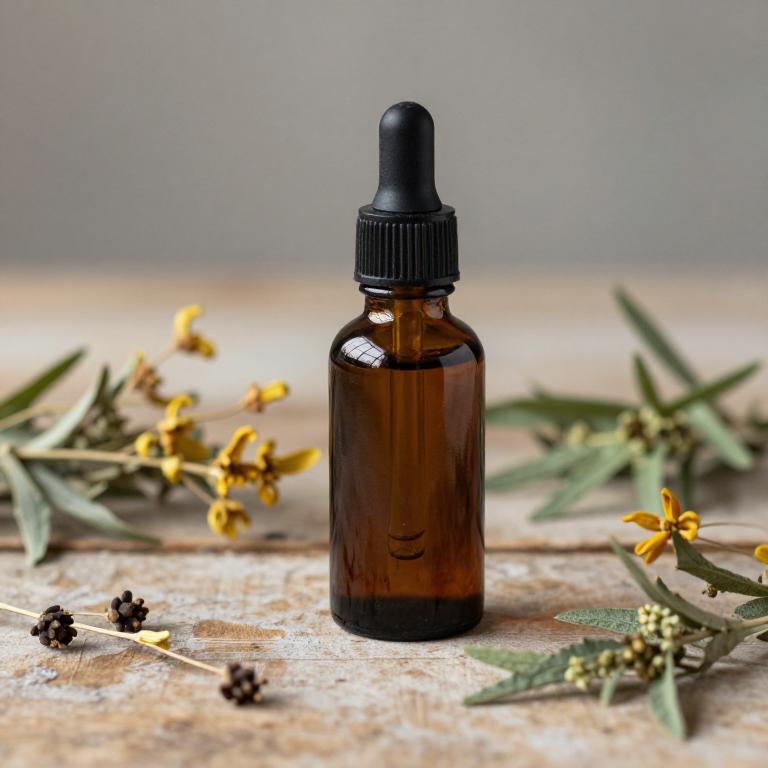
Urtica dioica, commonly known as stinging nettle, is a powerful herb that has been used for centuries for its numerous health benefits, including its potential to promote glowing skin.
When prepared as a tincture, Urtica dioica retains its high concentration of nutrients such as vitamins A, C, and E, along with minerals like iron and calcium, which are essential for skin health. The tincture’s anti-inflammatory and antioxidant properties help reduce redness, irritation, and signs of aging, leading to a more radiant complexion. Regular use of Urtica dioica tincture can improve skin texture, enhance elasticity, and support a natural glow from within.
As a natural alternative to commercial skincare products, it offers a safe and effective way to achieve healthier, more luminous skin.
10. Cnicus benedictus
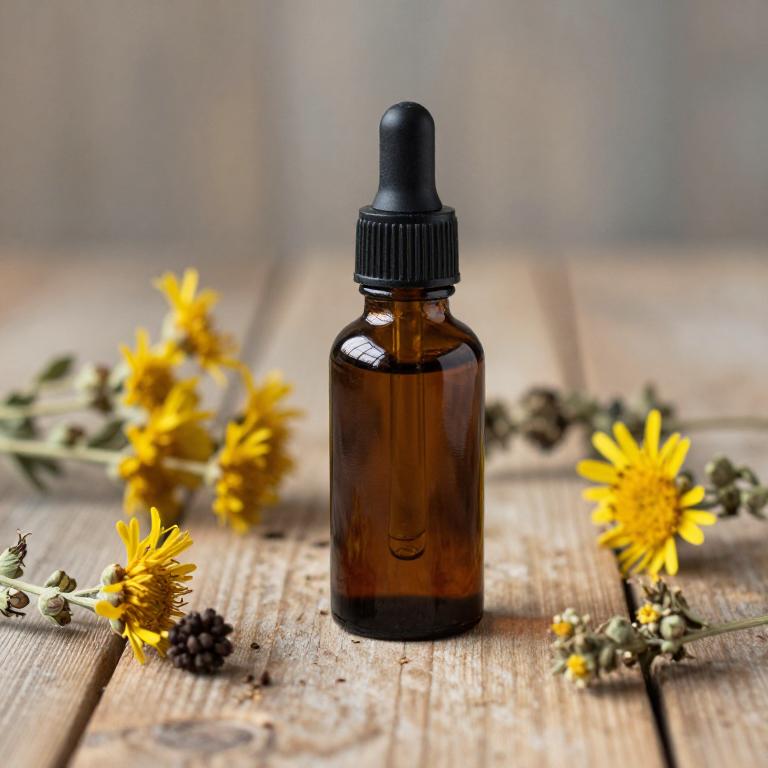
Cnicus benedictus, also known as St. Benedict's weed, is a flowering plant that has been traditionally used in herbal medicine for its potential skin benefits.
Herbal tinctures made from Cnicus benedictus are often praised for their ability to promote a radiant and glowing complexion due to their high content of antioxidants and anti-inflammatory compounds. These tinctures are believed to help in reducing skin blemishes, improving skin texture, and enhancing overall skin health. When applied topically, they may support skin renewal and provide a natural luminous glow.
As with any herbal remedy, it is advisable to consult with a healthcare professional before incorporating Cnicus benedictus tinctures into your skincare routine.